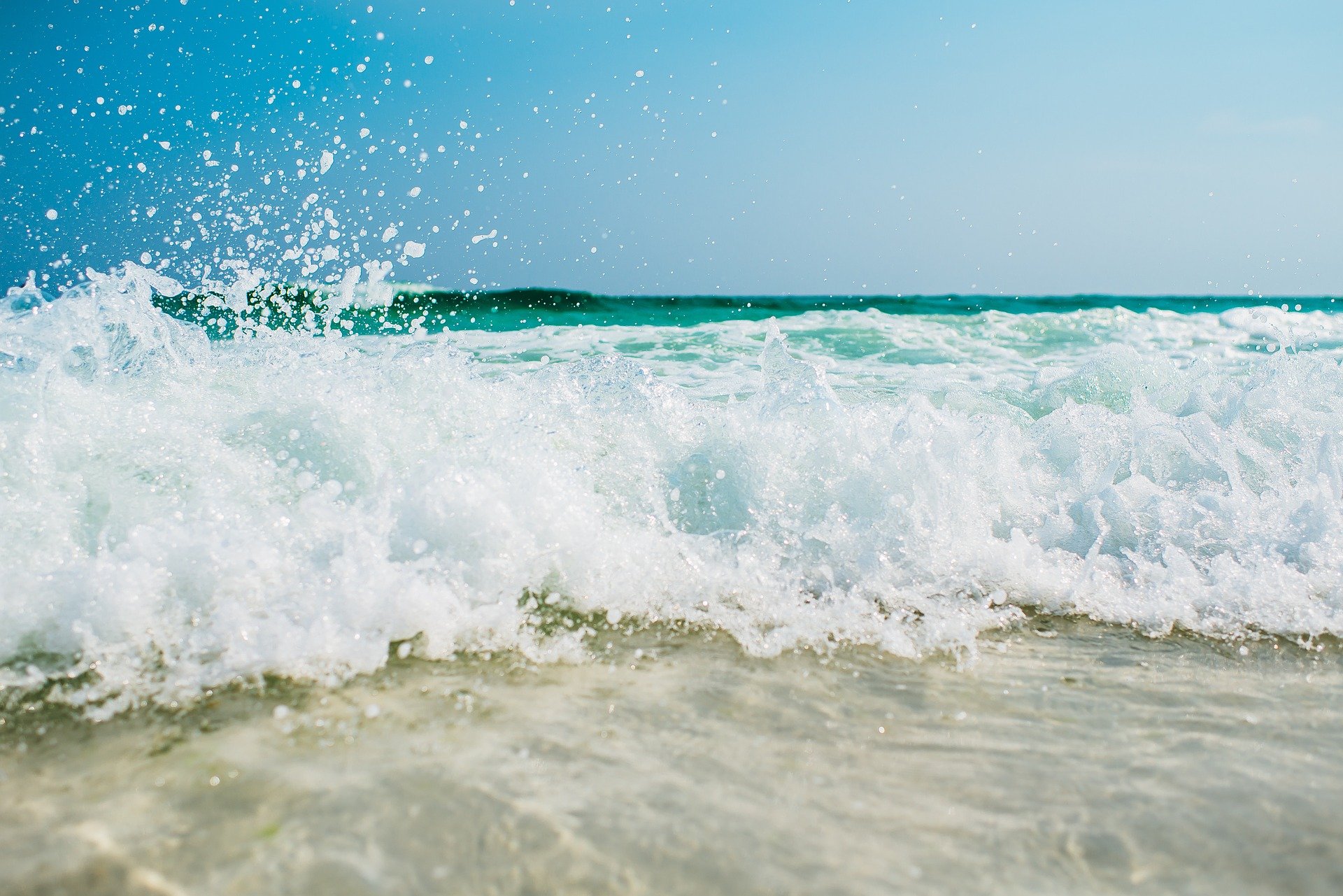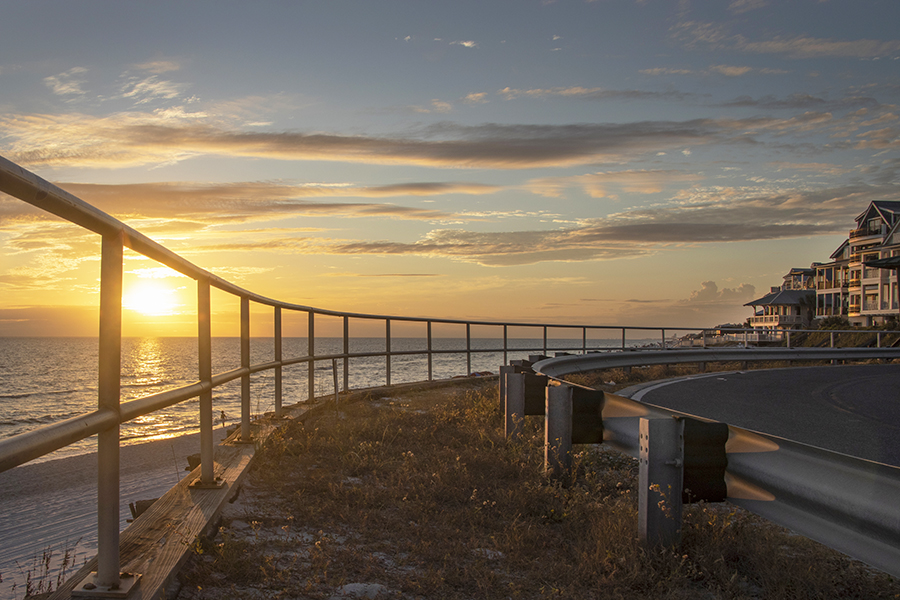How Walton County Spends Its Tourism Tax: A Behind-the-Scenes Look at the Bed Tax in Action
Every time someone books a beachside rental, cozy condo, or charming bungalow here in Walton County, they're planning a great vacation and giving back to the place they came to enjoy. That's thanks to the tourism tax, better known as the "bed tax," which is quietly doing a lot of heavy lifting behind the scenes.
You may have heard about it in passing, or seen it listed on a receipt—but where does that money actually go? As it turns out, the answer touches nearly every corner of our community, from keeping our beaches beautiful to funding the lifeguards who keep us safe.
Let's take a closer look at how Walton County puts those tourism dollars to work—for visitors and locals alike. This tax is levied on short-term lodging rentals of six months or less, with a 5% rate south of the Choctawhatchee Bay and a 3% rate north of the Bay. (mywaltonfl.gov)
In 2023, the TDT generated over $60 million, funding various initiatives that benefit both visitors and residents. Here's how the revenue is allocated:
Marketing and Promotion
A significant portion of the TDT funds is dedicated to marketing Walton County as a premier tourist destination. In 2022, the tourism department had a $10 million marketing budget. These efforts have proven effective, with every dollar spent on tourism marketing translating to $479 in visitor spending.
Beach Maintenance and Operations
Maintaining the pristine condition of Walton County's beaches is a top priority. In 2023, the Beach Operations department completed $3.9 million in destination improvements. Their responsibilities include cleaning 26 miles of beach, 35 miles of multi-use paths, and managing numerous beach access points. In 2023, they removed 1,500 tons of garbage from approximately 736 garbage stations.
Infrastructure Development
The TDT funds are also used for infrastructure projects that enhance the visitor experience and benefit residents. Since 2016, the county has invested over $76 million in property acquisitions to expand public beach access, usage, and parking. Additionally, the South Walton Beach Tram program, funded by tourism dollars, transported over 182,000 guests between Grayton Central Parking and Grayton Public Beach Access in 2023.
Community Programs and Safety
Tourism tax revenue supports various community organizations and programs, including the South Walton Fire District's Beach Safety/Lifeguard program, the Walton County Sheriff's Office, turtle nest monitoring, the Cultural Arts Alliance of Walton County, International Coastal Cleanup, and the South Walton Artificial Reef Association. In 2021, the TDC spent $1.6 million to fund the South Walton Fire District lifeguard program fully.
Economic Impact
Tourism is a significant economic driver for Walton County. In 2023, the county welcomed over 5.1 million visitors who spent more than $4.7 billion, contributing to an economic impact of $6.8 billion. This spending supported over 41,000 jobs and generated $1.2 billion in salaries and wages. Additionally, visitors accounted for 76% of all retail spending in Walton County in 2023.
Walton County's strategic use of the Tourist Development Tax ensures that tourism continues to benefit both visitors and residents. From maintaining beautiful beaches to supporting community programs and infrastructure, the bed tax plays a crucial role in sustaining the county's appeal and quality of life.
For more information about the impact of tourism in Walton County, visit Walton County Tourism Department. (waltoncountyfltourism.com)
Posted by Robin Maynard on


Leave A Comment